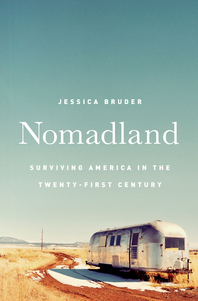A Not Quite Palace Revolt
Posted on | April 8, 2010 | Comments Off on A Not Quite Palace Revolt
Bruce Fuller from UC Berkeley has written about the politics of LAUSD in Education Next. Under the title “Palace Revolt in Los Angeles?” he recounts the story of Mayor Antonio Villaraigosa’s attempts to control the school system and particularly how his connection to grassroots Latino activism and United Teachers Los Angeles.
The connection between grassroots community organizing and the union is important. In the wake of the public school choice process in February, when Pilot School applications were heavily favored over those from charter schools, attention has largely turned to the apparent victory for UTLA in out-politicking the charter management organizations.
Fuller nicely turns this question inside out to ask how the union became so rapidly enamored with Pilots. Before the Public School Choice resolution, there were less than a dozen Pilots, and progress on their expansion was being held hostage to disputes over budget and other matters. Following the resolution, the union scurried to collaborate with local districts, with the administrator’s union, with just about anyone to design new schools.
In earlier pieces, I attributed the sudden interest in social entrepreneurship to the threat of charters. Indeed, I have come to think that the primary function of charter schools in Los Angeles is to scare the pants off UTLA and the District.
But Fuller adds an important additional dimension to this story: the relationship between grassroots organizing and the mayor to agitation and dissent within the union itself. That’s an important political dynamic. Unions, which are characterized as blobish, have their own political dynamics.
Historically, squabbles within UTLA have gone unnoticed by outsiders. (They are more visible now, because dissidents engage in electronic communications.) But these fights are important, and in the history of unionism, palace revolts are the way the unions change.
Years ago, in A Changing Idea of a Teachers Union my co-authors and I wrote about these little revolutions on both the labor and management sides defining the nature of labor relations. Historically both national unions changed course because of internal struggles. The American Federation of Teachers became a force to be reckoned with when Albert Shanker led a fight for the presidency. The National Education Association embraced collective bargaining after a group of then-young (now very senior) turks took over and threw out the administrators who had dominated the organization for half a century.
And at UTLA the current administration took power under its social justice banner by defeating the longstanding leadership faction. The coalition between community activists and this new leadership wing helped UTLA win the day in February. Brian Fitch, a Garfield High School history teacher and union activist told Fuller, “We need to become a progressive union, or we’re a done union.”
Historically the nature of progressivism and of social justice was seen in advocacy and protest: the forces of good v. evil writ large. Now with the Pilot Schools social justice unionism is on the line to produce better schools.
The palace revolt has started, but it is incomplete.




